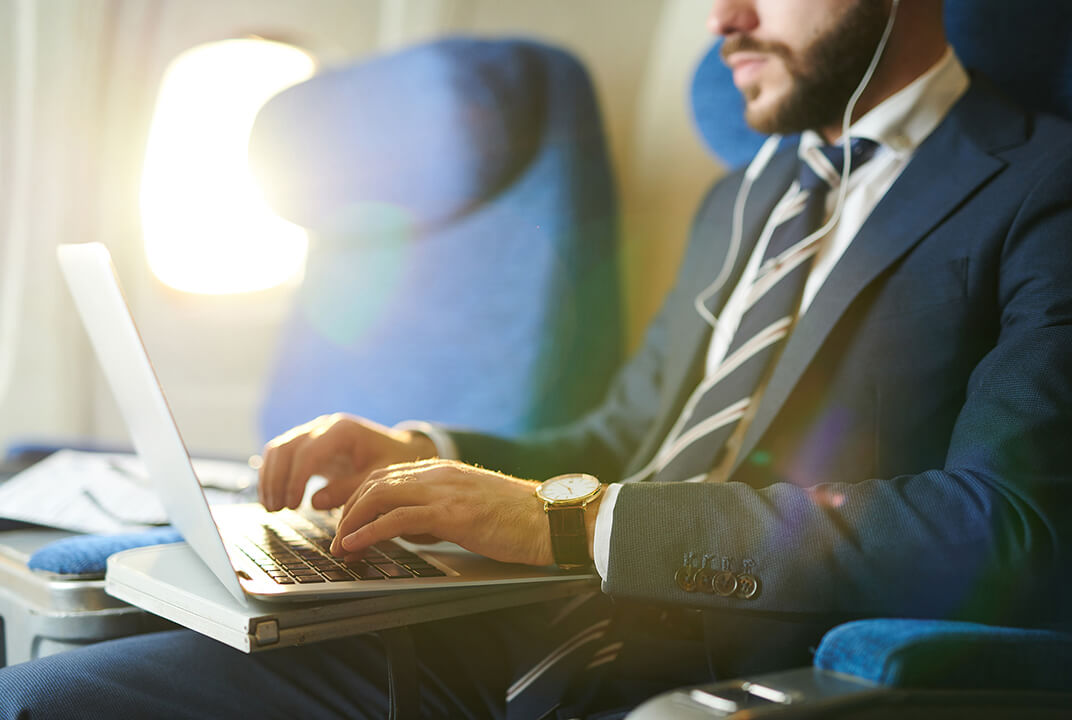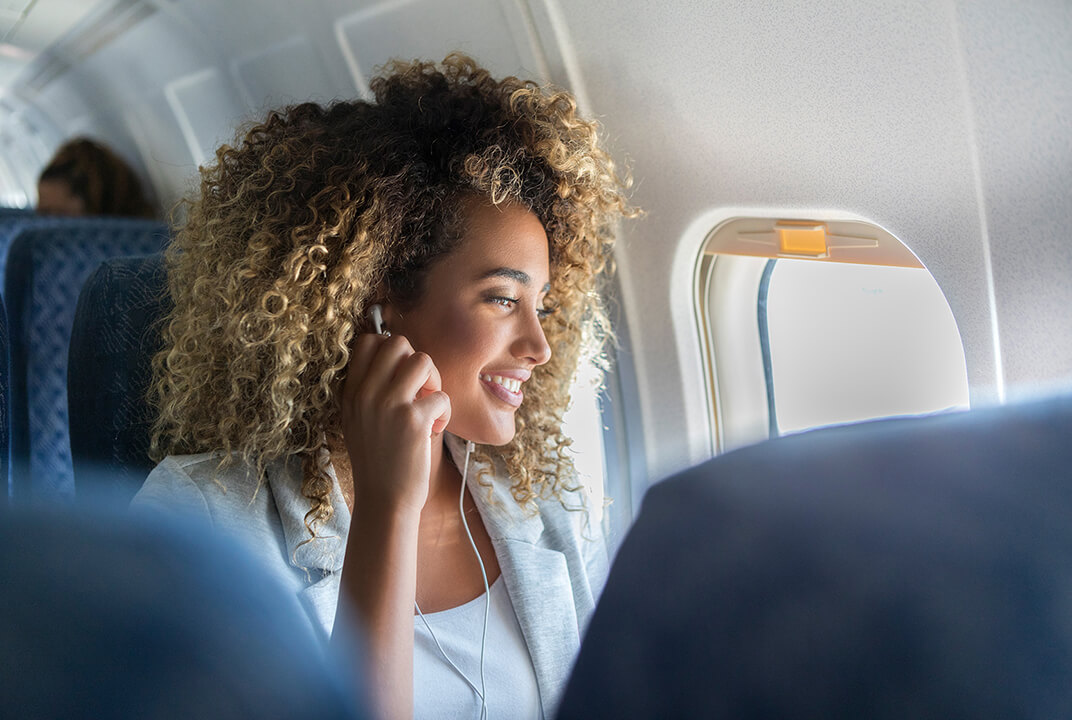Engagement critical to enhancing the inflight digital passenger experience
Digital services represent a vital opportunity to bridge the revenue gap. Connected ancillaries represent both the most significant, and the least well exploited, opportunity of growth.
Maximising the value of ancillary revenue has long been a goal of the aviation industry. In 2019, ancillaries topped $100bn for the first time, and for one European low cost carrier they were responsible for up to 45% of total income.
Today, with the twin challenges of enticing airline passengers back into the air and load factors being limited by social distancing, maximising alternative revenue sources has become paramount.
Increasingly, the ancillary streams with the most potential are underpinned by connectivity. The promise of high quality inflight broadband both unlocks new revenue opportunities and reduces the costs of delivering many existing ones.
Connected ancillaries
There are several routes to IFC-enabled revenue. It’s important to note there is no one-size-fits-all approach. At one end of the spectrum, some carriers offer inflight connectivity free of charge, while at the other end, many airline business models rely on charging for access.
The principal connected ancillary opportunities are:
Paid access
There are various approaches where passengers are charged directly for Wi-Fi: an add on charge at time of ticket purchase or as an upsell pre-flight; offers and promotions at check-in and boarding; paying onboard; or subscription models. Likewise, cost frameworks range from pricing by the hour, per flight, by bandwidth used, to tiered and freemium models.
Roaming charges
Similar to international roaming. The passenger chooses to connect via their device inflight, perhaps prompted by an alert, and is charged by their mobile operator. The airline receives a percentage of what is paid by the passenger.
Sponsored access
Access to inflight Wi-Fi is provided to passengers for free – clearly an attractive proposition for flyers, evidenced by take-up rates typically five to ten times higher than paid models.
A third party sponsor pays a fee to the airline that covers part or all of connectivity operating costs, in return for access to communicate with passengers. Alternatively, the airline subsidises access costs itself – known as ‘airline-sponsored’ – in the expectation that higher take up rates will unlock comparatively more valuable connected ancillary streams, such as e-commerce. And of course offering free Wi-Fi can also be a key market differentiator.
Streaming
Streaming services offer two potential revenue models. As part of a sponsorship arrangement, a streaming music or movie provider may offer to subsidise passenger Wi-Fi in order to promote their subscription services.
Alternatively, as part of a tiered pricing model, the airline may charge a premium for exclusive streamed content, like recent movies, sports events or live TV.
Advertising
Connectivity enables much more sophisticated use of advertising. The rich data that connectivity delivers allows for well-targeted adverts aimed at a particularly receptive audience. These can take the form of destination-specific advertising or passenger-specific.
Retail
Onboard shopping is no longer restricted by a magazine and/or a trolley. This allows for a wider range of merchandise to be offered as goods no longer have to be physically kept on the plane. Rather than rely on these services being fulfilled by the cabin crew, they can be delivered at destination or even sent to a passenger’s home.
Additionally, in this era of personalised services, the data accrued helps in responding and reacting to passenger behaviour. For example, facilitating tailored offers.
Affiliate retail
Passengers can book services – such as hotels, travel insurance, car hire, taxis – or trips while in the air. Airlines can personalise this and take a commission in the normal manner from the service provider.
Younger passengers – such as those that comprise the Generation Z demographic – are increasingly waiting until the last minute to buy travel services like hotels, travel insurance, trips and the like.
Airline upgrades
Airlines can offer a mixture of charged services to passengers, such as upgrading seat, relocating seat, adding luggage and altering connecting flights.

